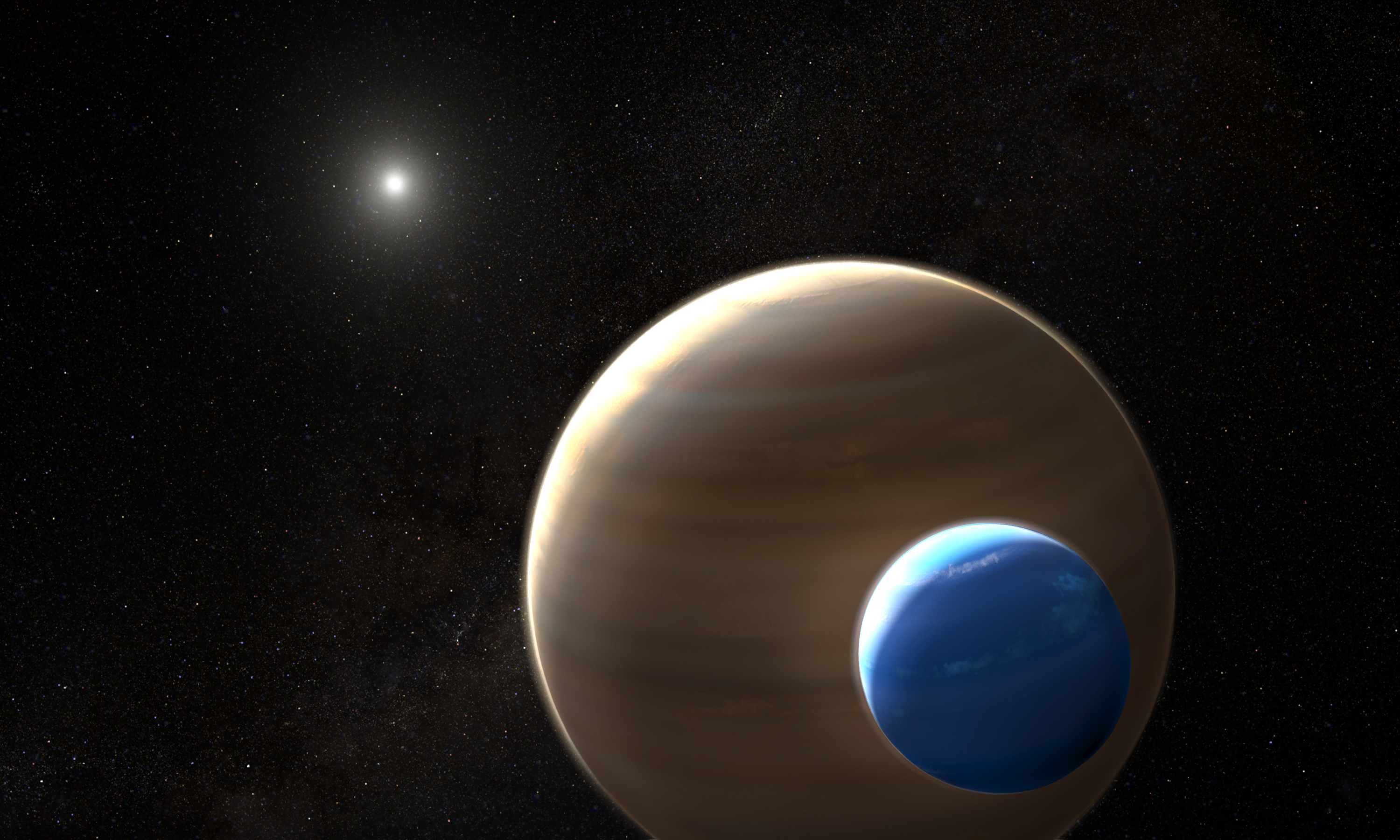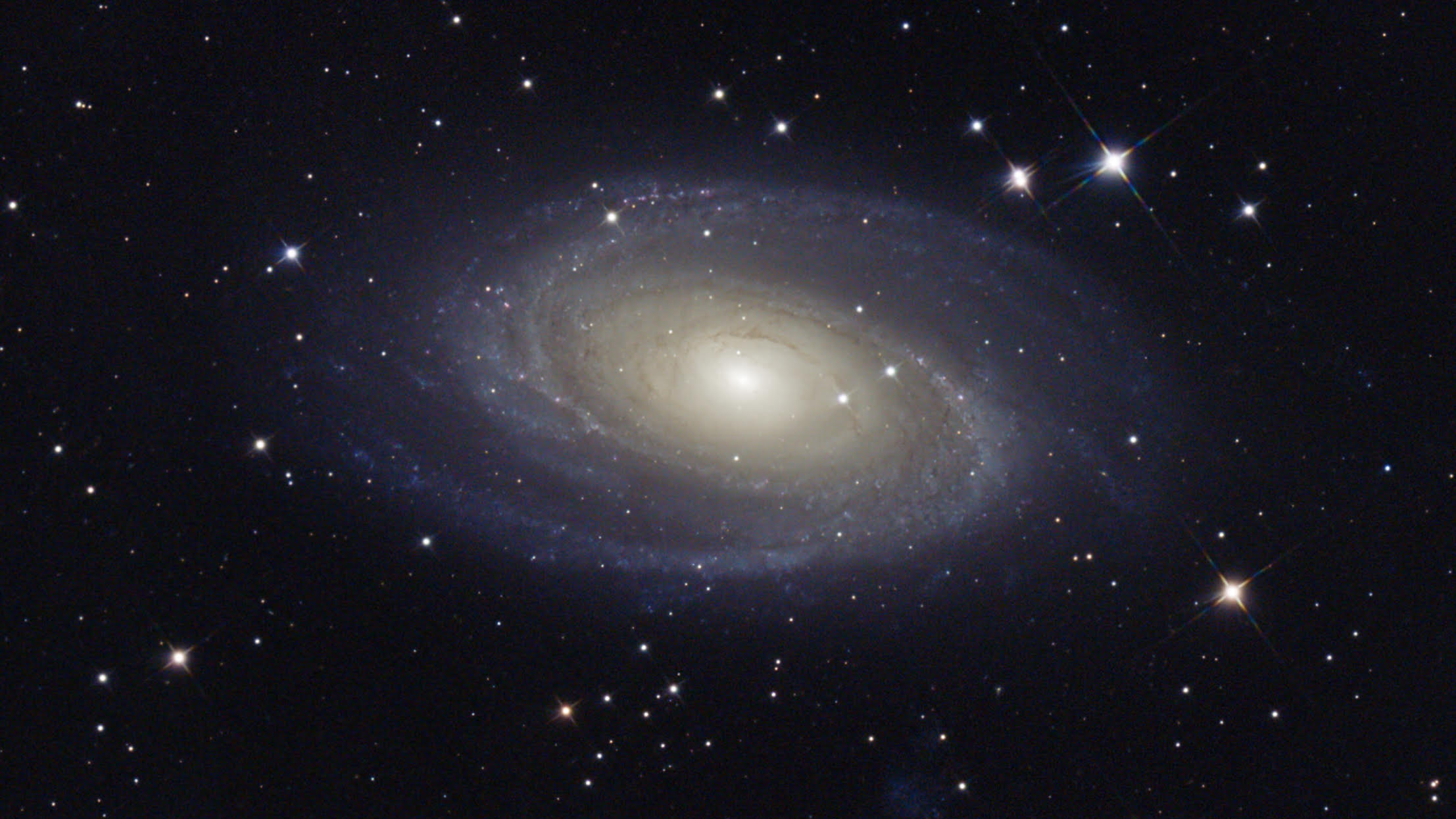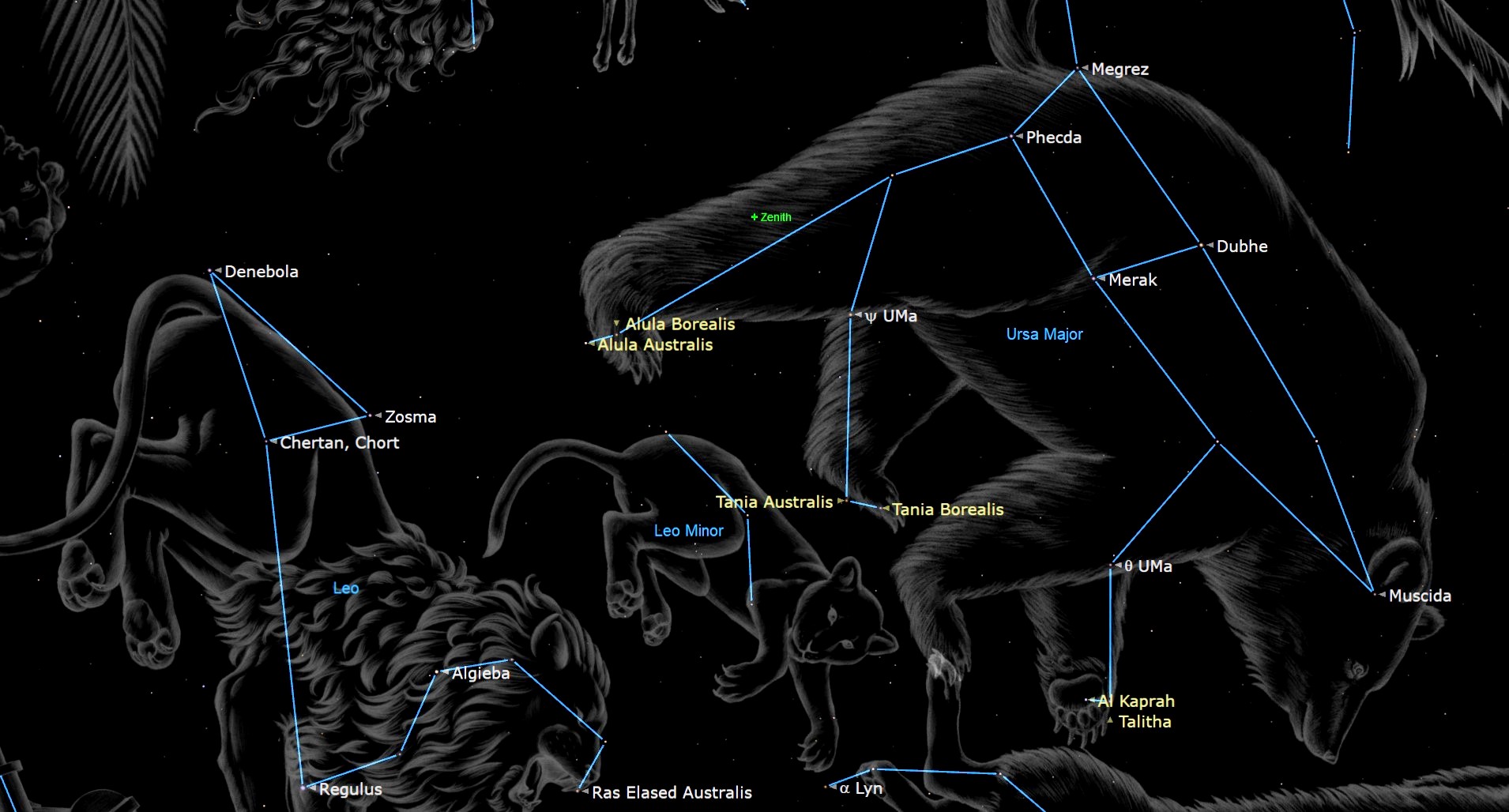
With all these planets, why haven't we found any exomoons?
Scientists haven't confirmed any moons in other planetary systems.

Despite numerous attempts, astronomers have not yet confirmed the detection of an exomoon, a moon orbiting a planet around a distant star. Is that just a case of bad luck, or are moons rarer than we thought?
New research suggests that one reason we haven't confirmed the detection of an exomoon is that our detection methods favor larger planets closer to their stars, which are far less likely to host moons in stable orbits.
Do the transit dance
Finding exoplanets, or planets orbiting other stars, is pretty straightforward. It's just a matter of having really good technology, patience and a few lucky breaks.
The process is best accomplished with orbiting telescopes, which don't have to deal with aggravating things like atmospheres and daylight to ruin the observations. The idea is to stare at as many stars as possible, for as long as possible. If an exoplanet happens to cross in front of the face of its star from our point of view, the brightness of that star dips a bit.
Related: 7 ways to discover alien planets
By looking for that characteristic dip in brightness, we can see the evidence for a distant planet without ever having to image it directly. This is called the transit method, and with space telescopes such as NASA's Kepler Space Telescope and Transiting Exoplanet Survey Satellite, we have discovered thousands of exoplanets around nearby stars.
Exomoons are a little trickier. To see an exomoon, we need to spot a transit within a transit. We need to see the characteristic dip in brightness caused by a planet crossing in front of the face of its star, and we need everything to go right so that a moon is also visible from our point of view during the transit. And because moons are much smaller than planets, we need high sensitivity and very strong observations to confirm a detection.
Get the Space.com Newsletter
Breaking space news, the latest updates on rocket launches, skywatching events and more!
That's no moon
Over the past few years, a few candidates and likely exomoons have been detected, but so far, nothing has been conclusive. And because we're getting so much better at finding exoplanets, we have to ask this: Are we failing to confirm detections because we're not good at finding exomoons, or are exomoons relatively rare?
To help answer this question, a team of researchers developed a suite of simulations to explore many hypothetical star systems to attempt to discover which configurations of planetary systems had the best chances of hosting moons.
The team performed simulation after simulation, studying the stability of exomoon orbits over the course of 10 billion years. To expedite their work, they looked at a relatively artificial but simplified setup: a single planet orbiting a single star hosting a single exomoon. While this isn't a realistic scenario, it did allow the researchers to explore a wide variety of situations with ease, which can help form the basis for future, more detailed work.
In the simulations, the team varied the mass of the star, the mass of the planet, the mass of the moon and all of the orbital distances between them to see what would stick around for the long haul and what was just transitory.
The researchers found that planets close to their stars, with orbits shorter than 10 days, lose their moons almost immediately; the gravitational influence of the parent star is just too much, and the planet can't keep a moon stable. Moving outward, regardless of the mass of the exoplanet itself, the odds become more favorable, going up to a 70% survival chance once you reach Earth's orbit. The team's work was recently published to the preprint database arXiv.
These findings align with what we see in our own solar system. The innermost planets, Mercury and Venus, do not host moons. Earth has an exceptionally large moon (in proportion to its parent planet), while Mars has two captured asteroids. Over the next few billion years, Mars will likely lose its moons, while Earth's moon will remain a permanent fixture.
When astronomers hunt for exomoons, they are playing the odds. The transit method works best when the exoplanet is close to its parent star; that gives a very steep drop in the brightness that is easy to detect. So it's no surprise, according to the new research, why we haven't found any exomoons: Our planet-finding techniques are biased to discover planets that are closer to their star, and these are the least likely planets to have a stable exomoon orbiting them.
As our techniques and instrument sensitivities improve, we should find more and more exoplanets farther from their parent stars, and that is where we are likely to finally confirm the existence of an exomoon. Investigating the prevalence and properties of exomoons will improve our understanding of not just how other solar systems form but also how our own home came to be.
Follow us on Twitter @Spacedotcom and on Facebook.
Join our Space Forums to keep talking space on the latest missions, night sky and more! And if you have a news tip, correction or comment, let us know at: community@space.com.

Paul M. Sutter is an astrophysicist at SUNY Stony Brook and the Flatiron Institute in New York City. Paul received his PhD in Physics from the University of Illinois at Urbana-Champaign in 2011, and spent three years at the Paris Institute of Astrophysics, followed by a research fellowship in Trieste, Italy, His research focuses on many diverse topics, from the emptiest regions of the universe to the earliest moments of the Big Bang to the hunt for the first stars. As an "Agent to the Stars," Paul has passionately engaged the public in science outreach for several years. He is the host of the popular "Ask a Spaceman!" podcast, author of "Your Place in the Universe" and "How to Die in Space" and he frequently appears on TV — including on The Weather Channel, for which he serves as Official Space Specialist.









